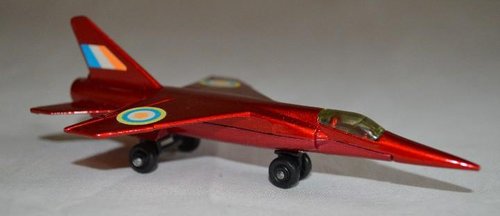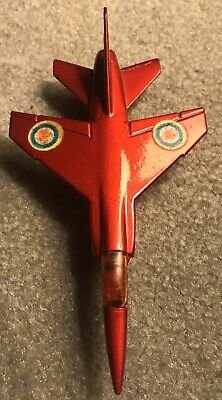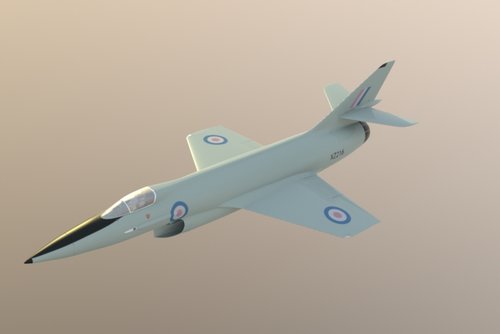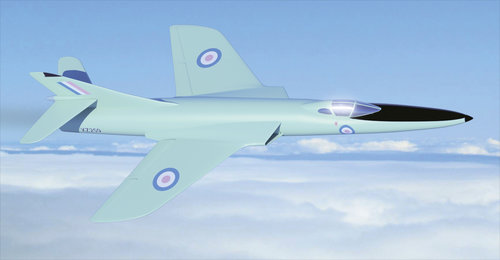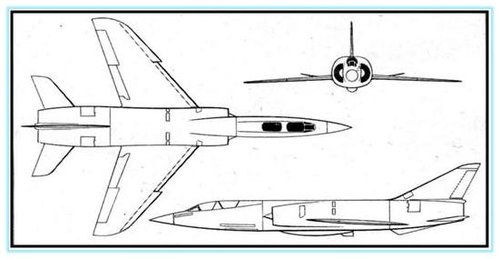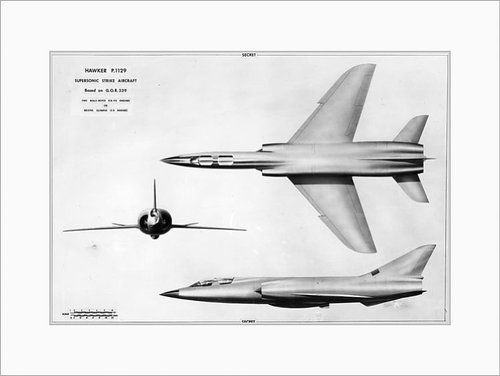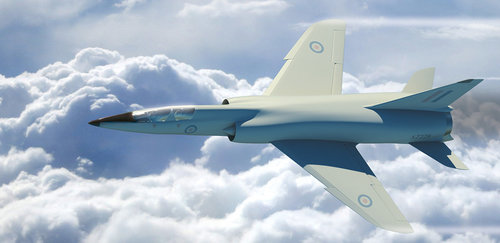- Joined
- 27 September 2006
- Messages
- 6,417
- Reaction score
- 6,816
As we all know, the 1957 UK Defence White Paper killed off fixed wing combat aircraft development leaving only the TSR2 programme.
But there was also the weird world of VSTOL. Hawkers and other British firms threw themselves into an orgy of increasingly supersonic and all swinging all dancing designs culminating in P1154 and narrowly surviving as P1127RAF.
The RAF, however, took the Hunters released from Fighter duty and gave itself the ground attack aircraft it needed both for NATO and East of Suez.
What if instead of VSTOL, Hawker had worked on a genuine two engined single seat ground attack fighter? An all British more elegant better engined Jaguar but available in1968 instead of those F4s?
Such an aircraft might well have found export orders in Europe and the Middle East as well as S America.
With no VSTOL aircraft for the Invincible cruisers in 1970, the new Conservative Government looks again at building replacements for Ark Royal and Eagle to carry a Maritime version of MRCA. Eagle's Sea Vixens are replaced by Crusaders leased from the USN.
But there was also the weird world of VSTOL. Hawkers and other British firms threw themselves into an orgy of increasingly supersonic and all swinging all dancing designs culminating in P1154 and narrowly surviving as P1127RAF.
The RAF, however, took the Hunters released from Fighter duty and gave itself the ground attack aircraft it needed both for NATO and East of Suez.
What if instead of VSTOL, Hawker had worked on a genuine two engined single seat ground attack fighter? An all British more elegant better engined Jaguar but available in1968 instead of those F4s?
Such an aircraft might well have found export orders in Europe and the Middle East as well as S America.
With no VSTOL aircraft for the Invincible cruisers in 1970, the new Conservative Government looks again at building replacements for Ark Royal and Eagle to carry a Maritime version of MRCA. Eagle's Sea Vixens are replaced by Crusaders leased from the USN.

